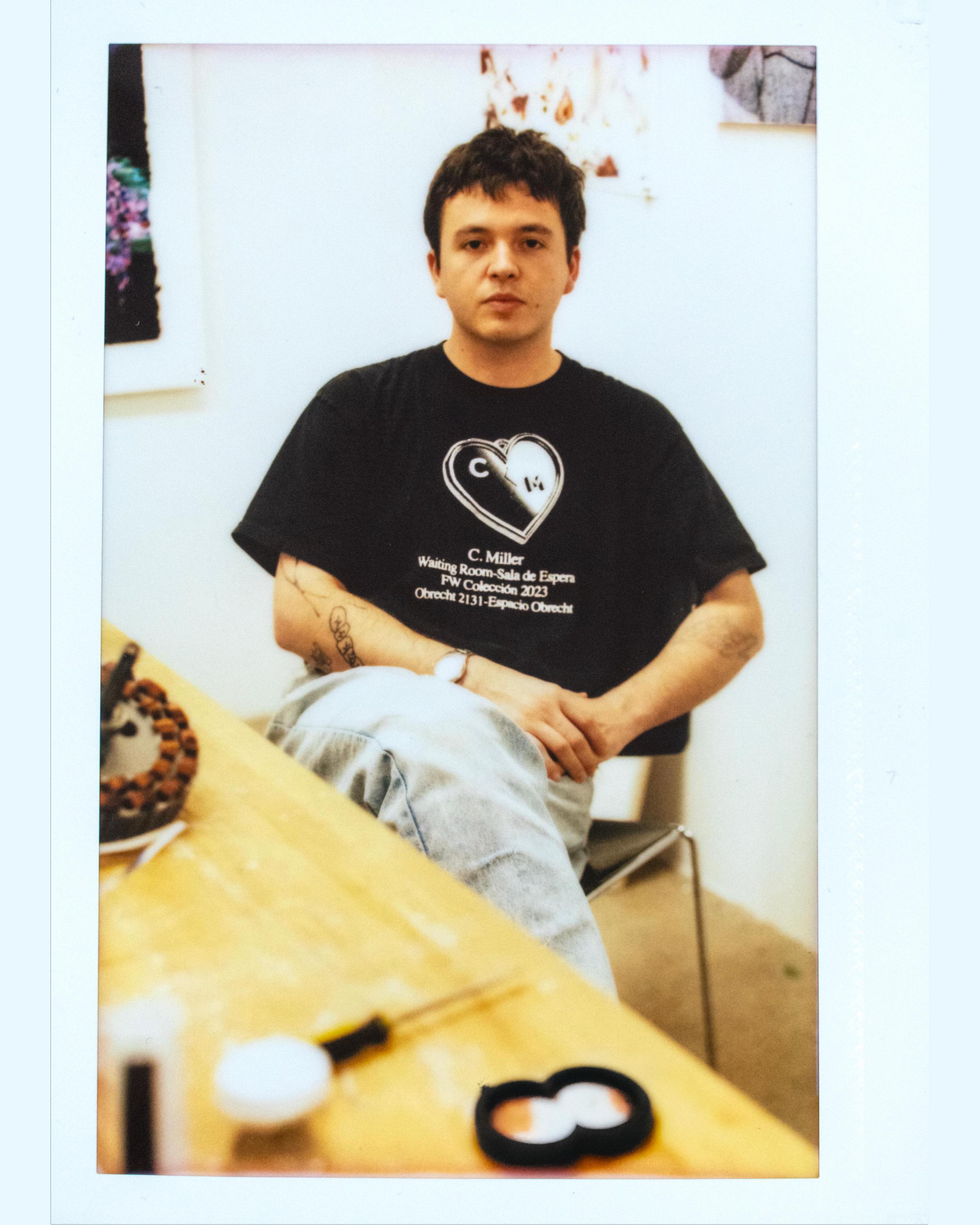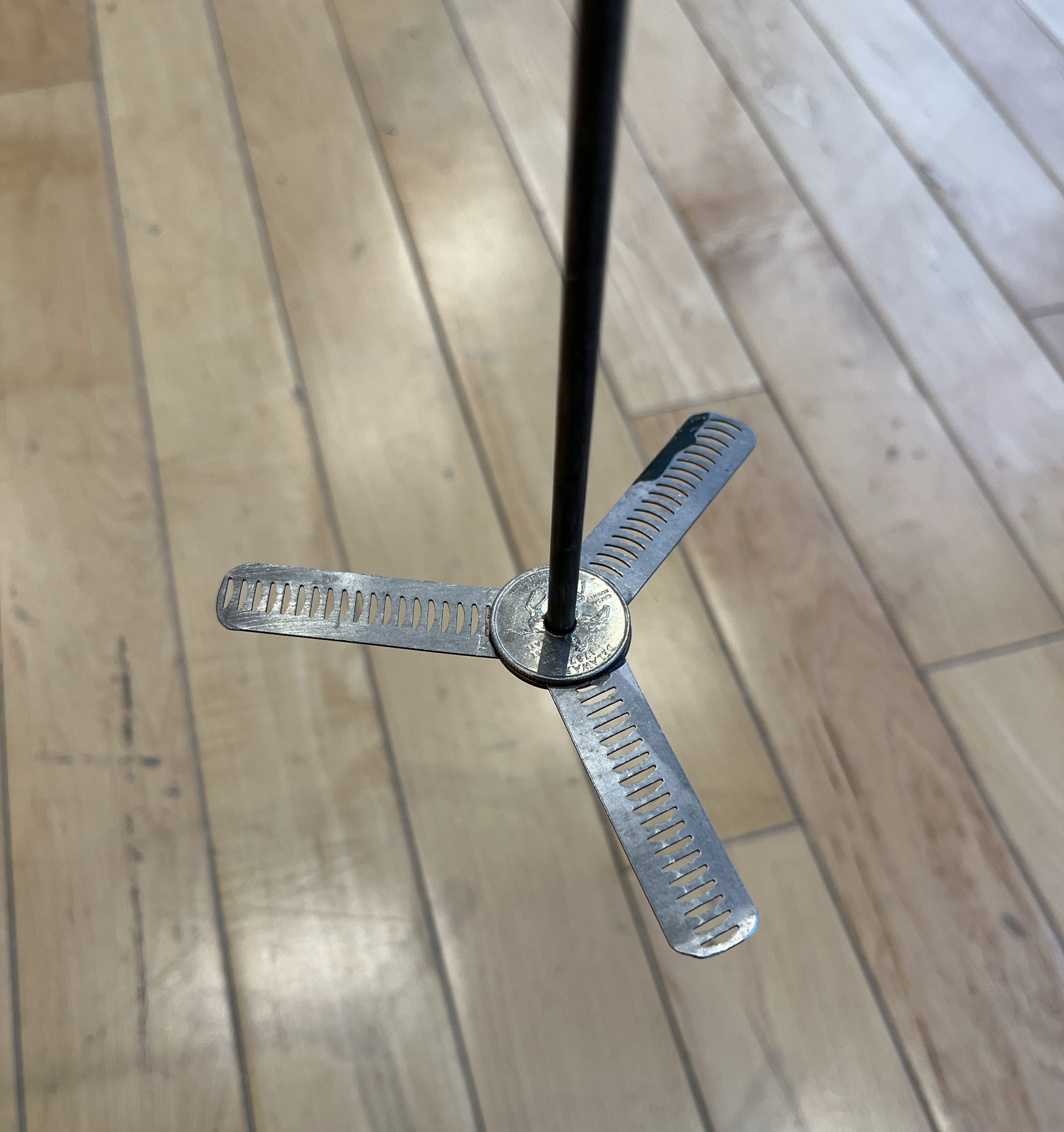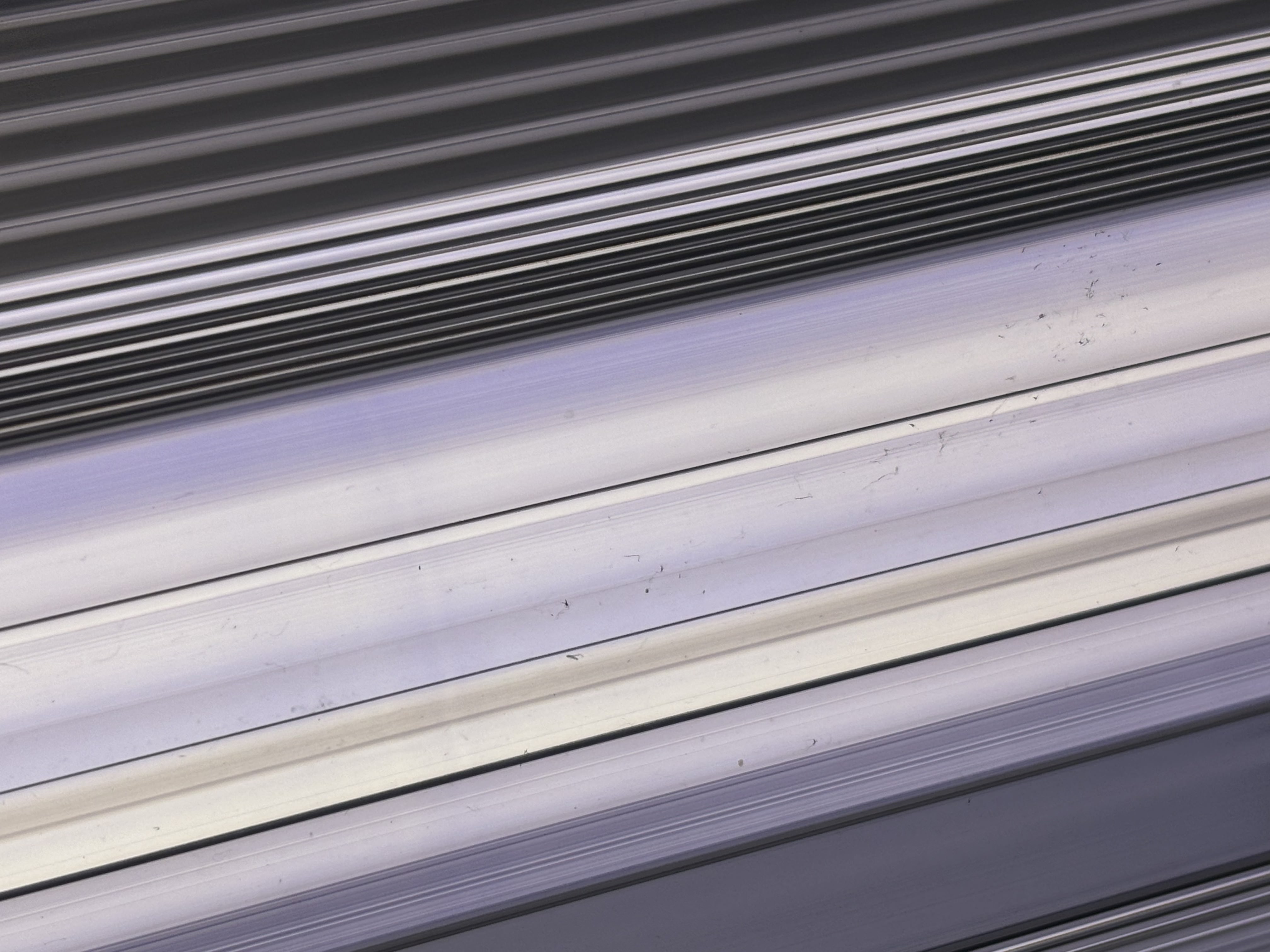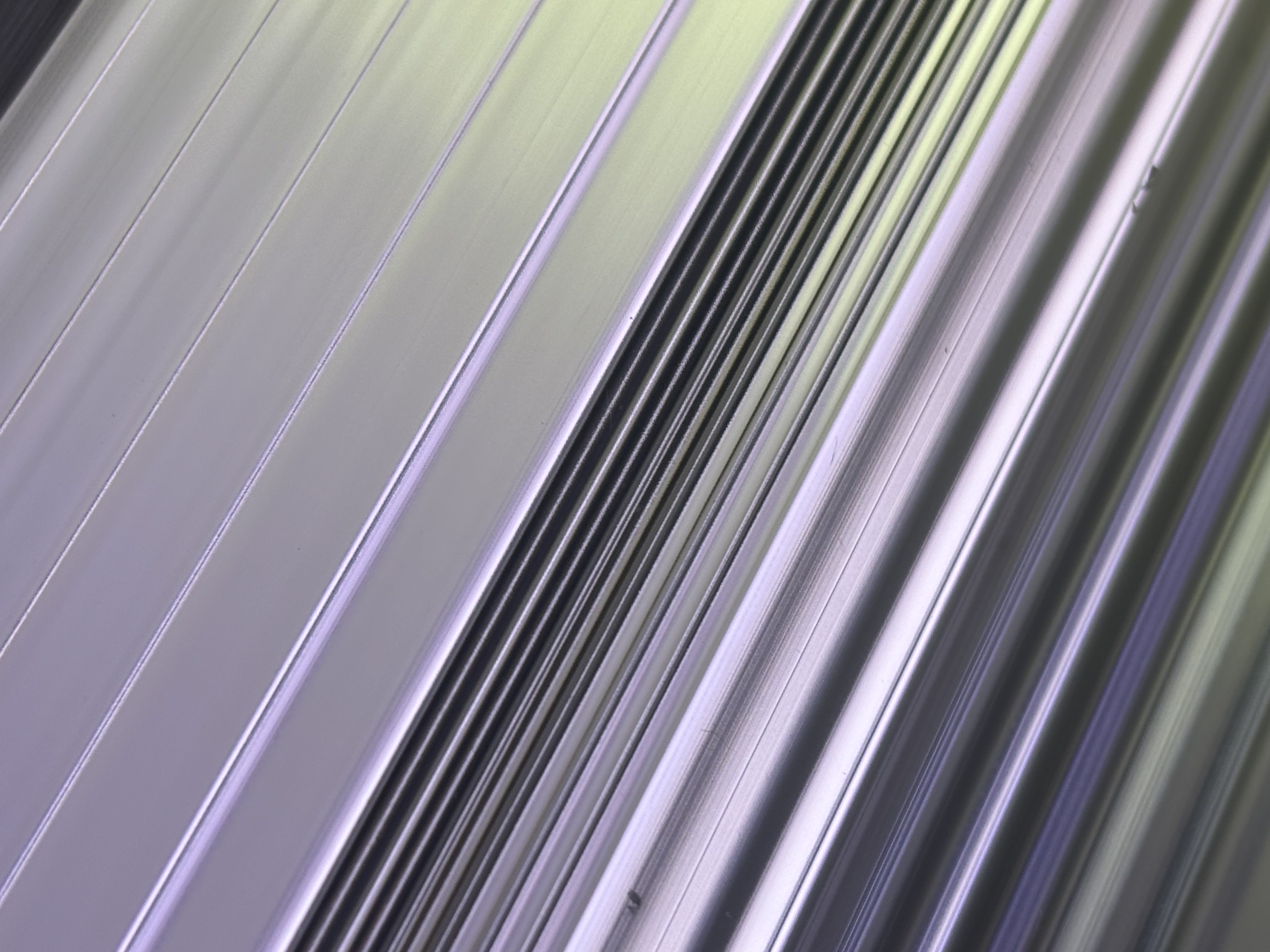Pedro Albertini is a second year MFA student in the photo department at SAIC. His solo exhibition, Not a Big Fan, is on display through September 26th at SITE Sharp Gallery.

What’s your earliest art memory?
The earliest memories I have of any kind of creative expression came from watching my mom act. My mom and grandma are both actresses, so ever since I was very young they’d take me to theaters and TV sets for rehearsals, and I think that being really close to acting and performers allowed me to engage with the world in a different way. There’s definitely an openness there that is unique and I’ve been very lucky to experience.
Who or what would you say has had the greatest single influence on your work?
That’s a hard question… but it’s probably my upbringing in theater. I’m thinking about my grandma. I’m thinking about her doing Henrik Ibsen’s plays or Samuel Beckett’s, which I still read these days. I think everything goes back to seeing my grandma playing Beckett.
Your work transforms ordinary, mass produced objects into several dozen kinetic sculptures that seem to live and breathe in relation to one another. How did you decide that these sculptures should take the form of ceiling fans?
It’s kind of a simple thing, but in Santiago, where I’m from, ceiling fans are very rare. I don’t know if the history of architecture of Chile just didn’t include them or something, but they’re not common objects. So, when I arrived here and started seeing them everywhere, I found that their design was good for exploring other things that I don’t know or I’m just getting familiar with. The fans are placeholders, they’re not the most important thing, it’s more about the transformation of materials.

Do you hang on to your early work for archival or sentimental reasons or do you toss whatever you don’t like anymore?
I’m definitely not emotionally attached to everything I do, but I do keep a lot of things. I like to keep some of my older work so I can understand the lines I can trace to the past. Like there’s stuff here [Pedro’s studio] that is several years old, but I still think there’s something I could do with them. I would say that I’m keeping them not as a sentimental thing, but more as an energetic thing.
Like you still think there’s potential there?
Yeah, because I make a lot of things and I work fast, so I know that I don’t always give all of my attention to them. I know that I should go back to certain projects or certain ideas.
What’s the worst piece of advice you’ve ever been given?
“You should move to the U.S.” [Laughs] No, no, I’m kidding… I don’t know, it’s not popping out at me. Maybe we have a way of processing information that doesn’t let you keep bad advice in your mind for too long, you know? That’s probably for the better. Also, I think I’ve been very lucky to surround myself with great professors and mentors.
What’s the most unexpected place you’ve found inspiration in?
These days I’m really looking at train light fixtures. I don’t know if this is true of all lines, but blue line trains have some older railcars that are particularly yellow inside. If you look at the last light fixture in those trains, the light changes abruptly from white to purple and I’m still wondering why that happens. I don’t know if it’s inspiration yet but I’ve been taking a lot of pictures of that.


What was the last book you read? How’d you like it?
It’s hard for me to finish books because I get distracted very easily. The last book I finished… I don’t know what it’s called in English, but in Spanish it’s called Nuestra Parte de Noche [Our Share of Night] by this Argentinian writer Mariana Enriquez. It’s a horror novel about a father and a son who are mediums in Argentina and they’re looking for the body of their wife and mother who was disappeared by the military dictatorship there. So it’s about ghosts and connecting to the dead, but I really like how Enriquez treats horror as a cultural thing and a political thing specifically.
If the Art Institute was on fire and you could only save one artwork, which one would it be and why?
Ok, so if I was smart I would probably take a Warhol or something. But there’s this piece that I really want to see. I don’t have access to it and they probably won’t show it anytime soon … it’s some pictures that Gordon Matta-Clark took and then deep fried. They’re gelatin silver prints that he literally put inside of a fryer and he would mail to his friends as gifts inside these beautiful boxes. They’re beautiful, almost like paintings. I don’t know why but I really want to have one of them.

